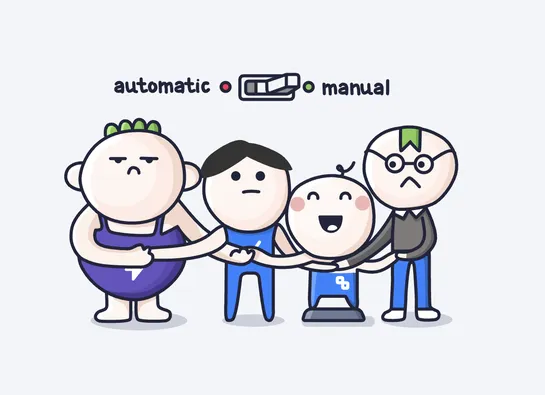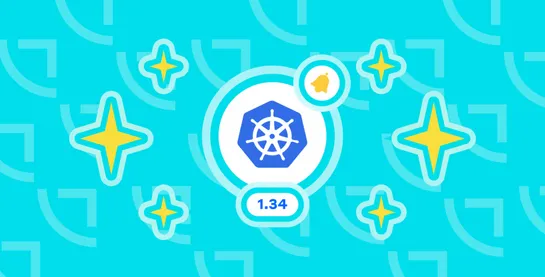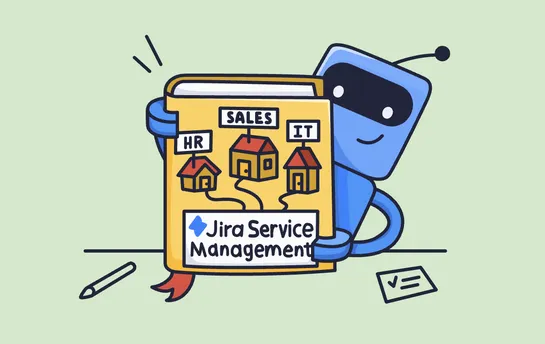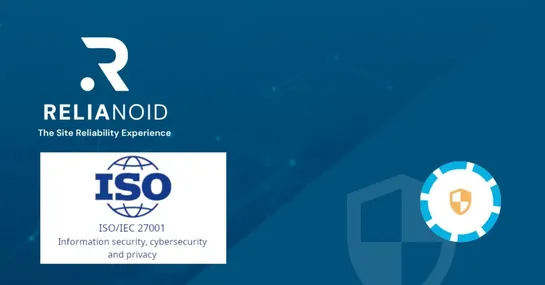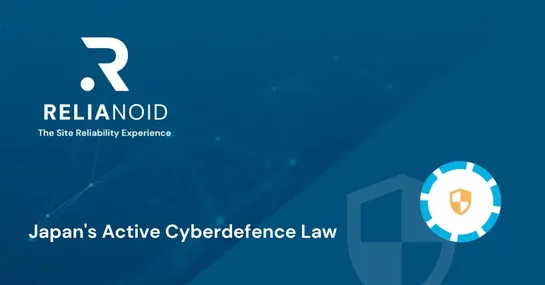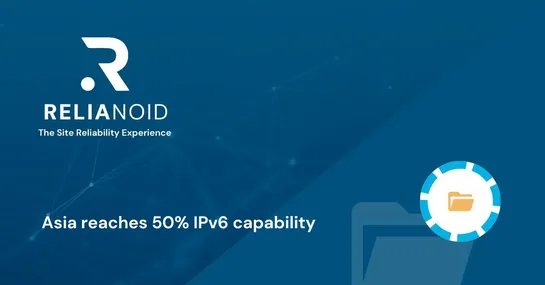How to Link Issues in Jira Manually and Automatically
Connecting issues in Jira serves many purposes. For instance, it allows you to track dependencies between tasks, identify blockers, and visualize these blockers in a timeline view. As a result, you can better organize your team’s work, enhance planning, and improve collaboration.
In this blog post, I explain how to link issues in Jira using different methods. You can link issues automatically or manually from a Jira board or issue view. Additionally, we give you useful tips on how to make working with linked issues more convenient and efficient.

